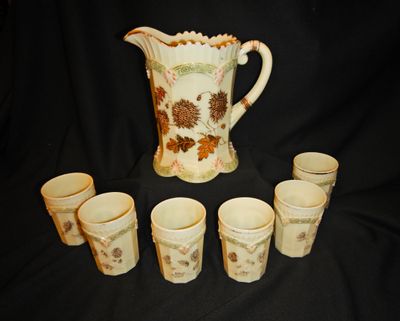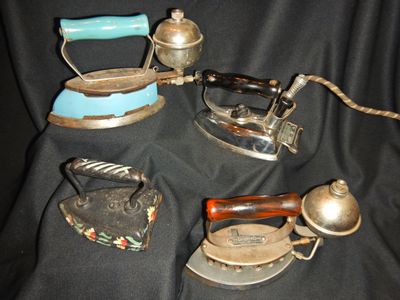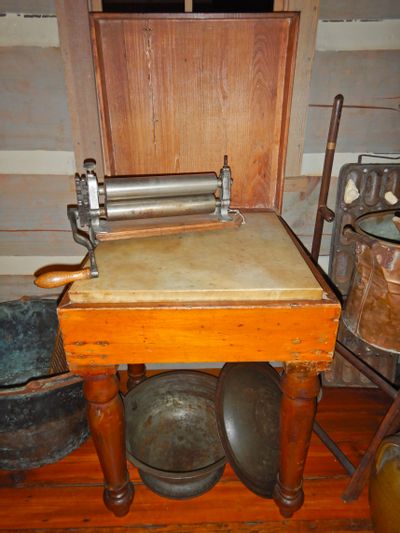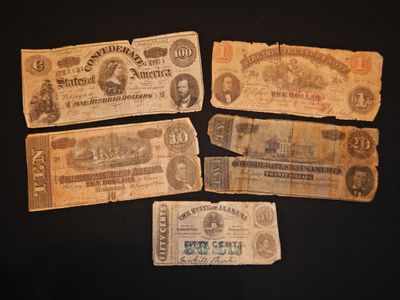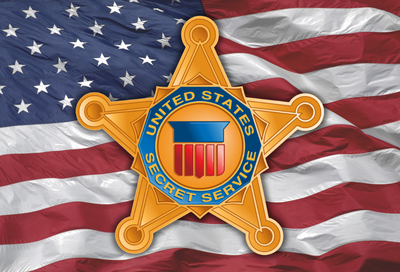FASCINATING HISTORIC BRIDE’S BASKETS
Last Updated 2/14/2024
BY JUBILEE P. REID
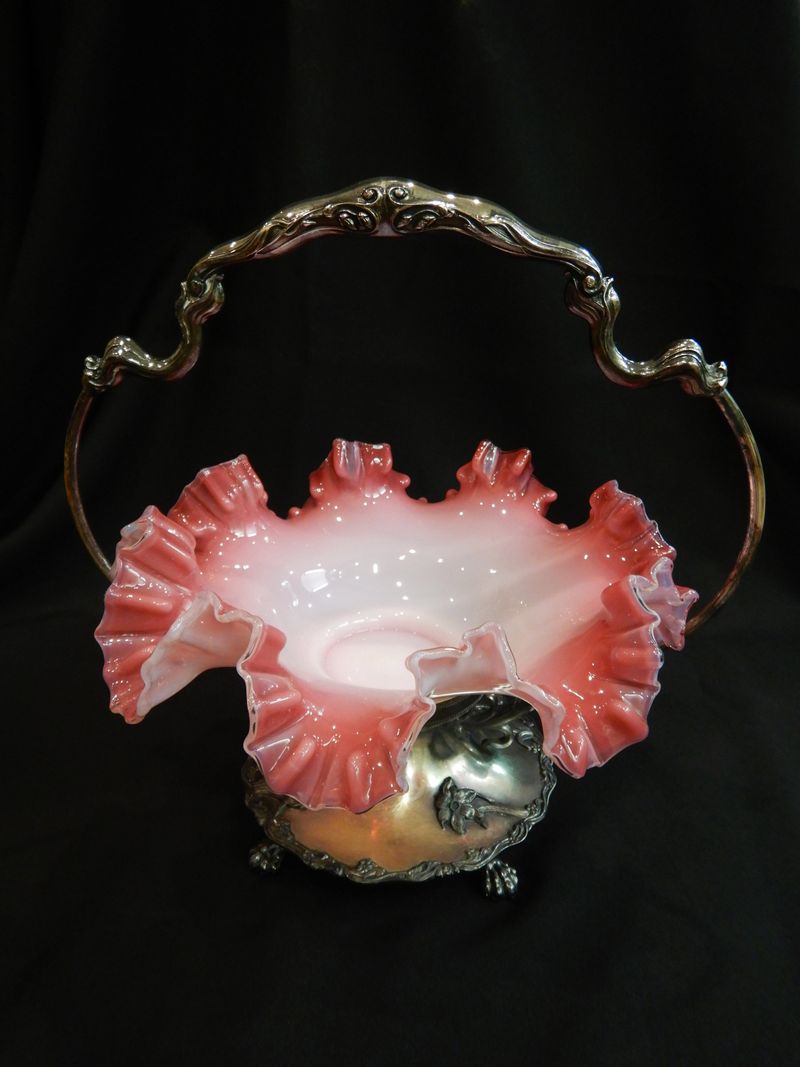
Original Publish Date: July 15, 2023
The Victorian Keith Parlor at the McMinn County Living Heritage Museum is a permanent exhibit showcasing a parlor such as a well-to-do family might have during the nineteenth century. On one wall is a large case displaying several ornate glass and silver baskets donated by Dr. Chalmer Chastain and his wife Margaret Fish Chastain. These baskets are called bride’s baskets although historically they were referred to as cake or fruit baskets or as berry dishes.
A bride’s basket is an elaborately designed basket consisting of a silver base and handle, which holds a glass insert dish. They were popular between the 1860’s and 1910’s. Originally, they were coin or sterling silver and used for carrying flower blossoms in wedding processions and for displaying the bridal bouquet during the reception. After the wedding, these decorative glass dishes were used as centerpieces and for holding sweets or fruit in the newlyweds’ dining room.
Due to the expense of solid silver, manufacturers made these baskets more affordable to the public by producing them with silver-plating, nickel silver, and Britannia metal. In the late 1800’s came the addition of a glass insert bowl specifically designed to fit the metal frame. The endless possibilities of embellishments in the glasswork provided a great deal of variety. Many shapes of baskets, such as ovals, triangles, and squares, were produced. The glass itself could be frosted, or hand painted, and enameled with flowers, leaves, and fruits. The edge of the glass was often ruffled or fluted, providing even more visual effect. The silver frames also morphed from simple patterns to elaborate designs often containing arched vines and birds.
Aside from a few European baskets, they were produced mostly by manufacturers located in the New England states. The glass and silver companies frequently collaborated with each other to produce bases and inserts that would fit tightly together. Rogers, Smith & Co., Reed & Barton, and the Meriden Britannia Company were a few of the manufacturers of the metal stands. Fenton Art Glass Co., Consolidated Glass, Thomas Webb & Sons, and Moser produced many of the glass inserts.
One manufacturer, the Massachusetts-based Pairpoint Corporation, was created specifically to produce both silver and glass. It began as Mt. Washington Glass Works founded in 1837. Throughout the years, it operated under multiple names including New Bedford Glass Works. In 1870 William L. Libbey purchased the New Bedford Glass Works and reverted to the original name of Mt. Washington Glass Works. In 1880 the Pairpoint Manufacturing Company was founded with British silversmith Thomas J. Pairpoint (1838 – 1902) hired as the first superintendent. Pairpoint Manufacturing Co., which provided silver stands for Mt. Washington glass, eventually absorbed Mt. Washington Glass Works, and was reorganized as the Pairpoint Corporation in 1900. It is the oldest currently operating glass company in the United States.
Many of the baskets in the museum are quadruple plated meaning they have a higher content pure silver than most silver-plated items. This type of silver plating was common in the 19th century and was more durable due to the thicker coating of silver over the cheaper base metal. One of the quadruple plated baskets, which still has its original insert, holds a 12-inch rose-colored dish with fluted and crimped edging. This dish is a type of glass called “peach blow” due to the shading of color from a dark rose to a much paler shade in the center. This valuable basket was made by Mt. Washington Glass Works and dates to circa 1880. Peach blow glass is very rare due to limited production.
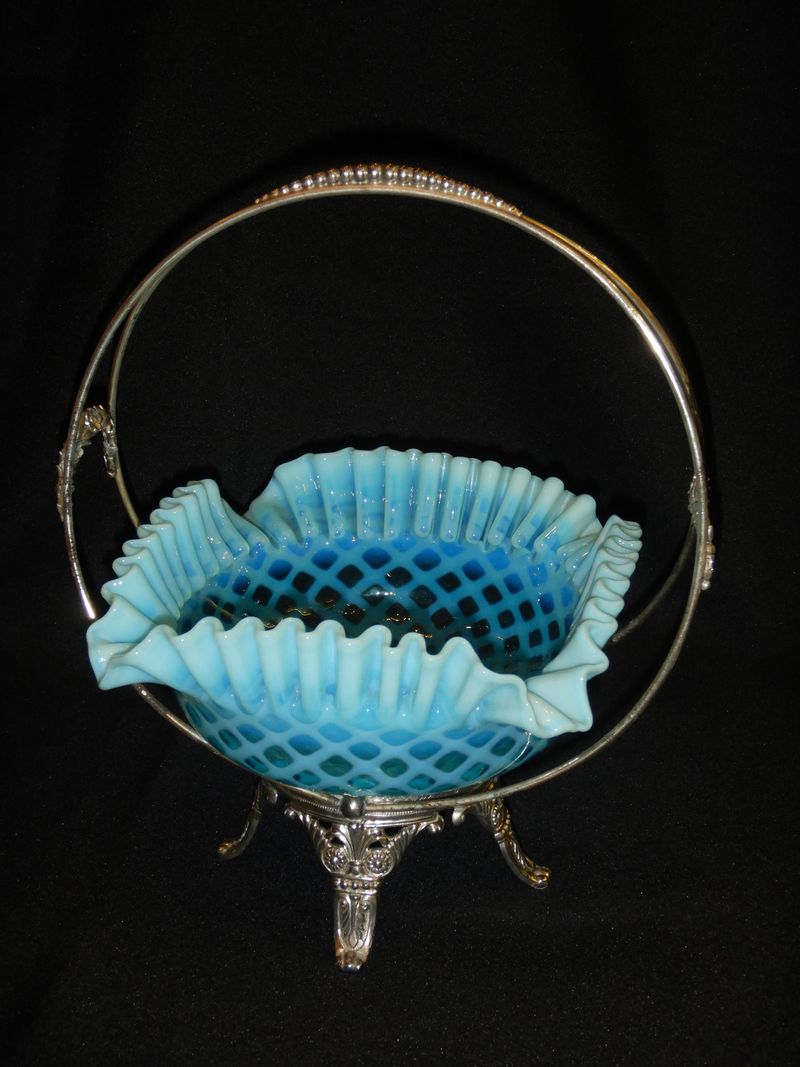
Another quadruple plated basket currently on display in the museum was produced by James Walker Tufts (1835 - 1902) of Boston who produced silver plated ware between 1875 and 1895. This basket is listed on page ninety-two of an 1899 catalog edition called, “James W. Tufts: Manufacturer of Fine Silver Plated Ware.” It is item #182 in the catalog and is listed as a “Berry Dish” for the price of $5.00. The basket on display has a squarish pale blue dish with a ruffled edge. The glass is translucent with a basketweave pattern. However, this is likely not the original glass insert for this basket, as it has a slightly different dish from the catalog photograph. Tufts produced many baskets with dishes nearly identical to the museum’s blue dish, so it is possible that the glass insert came from a different one of his baskets. Many times, the glass insert in a bride’s basket would break and be replaced with a similar one. The original dish would fit better than a replacement. Therefore, it is often possible to tell if a basket has the original bowl by testing how well it fits.
Although most of the museum’s baskets have the manufacturer’s name stamped in the silver, many mass-produced baskets were manufactured without a company mark. A few baskets were produced with stands of other metals, such as bronze and pewter, but silver continued to be preferred.
Even though the popularity of these baskets faded in the early 1900’s, they faced a resurgence in the 1950’s and 60’s. Bride’s baskets are still prized by antiques collectors today and they are a lovely addition to any antiques collection.



